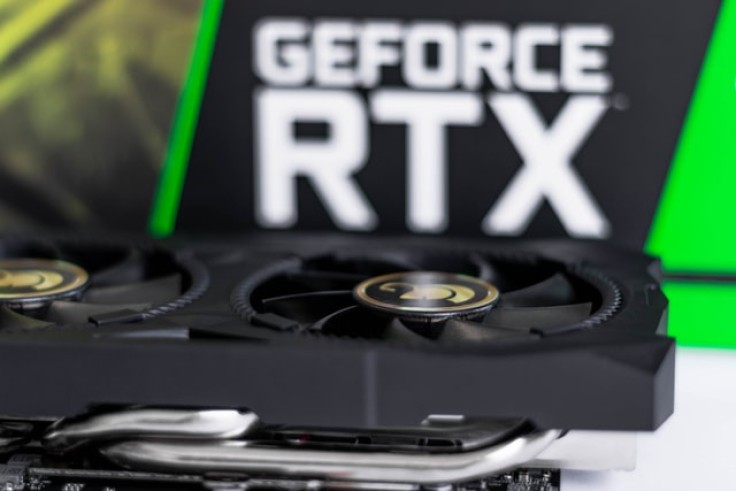
Exciting times ahead, Nvidia is set to launch its latest RTX cards in September. What improvements do these new-gen cards have to offer? Would the price-to-performance ratio be good enough to consider upgrading to Nvidia RTX's 30xx cards? Let's check how these new GPUs aim to change (again) gaming and productivity.
Ray Tracing and DLSS
Nvidia's previous 20xx lineup brought support for Ray Tracing and DLSS. However, given that these features are relatively new, not all games supported them. For most PCs that sport even Nvidia's Founders Edition cards, these aren't supported. As most modern game developers strive to take advantage of these eye candies, Nvidia RTX's next-gen 3000 series GPUs promise to level up your PC's ability to render real light reflections among other visual improvements found on most AAA games.
Triple-Fan Design for High-End cards
Rumor has it that Nvidia's reference RTX 3080 Ti would sport fans on both sides. However, this isn't final yet. It's safer to expect the old-reliable triple-fan design for their top-of-the-line cards, especially for third-party manufacturers. It's too early to tell just yet, but as we've seen in the past, as die sizes get smaller, it won't be surprising to see a single-fan design down the line.
Video Memory is Where the Game is
It's expected that the Nvidia RTX 3090 will have a whopping 24GB of DDR6X memory. That's more than twice the RTX 2080 Ti's VRAM. This writer's own rig, with a measly 4GB of GDDR5 pales in comparison with this beast. This huge jump in video memory promises to provide ample legroom for Ray Tracing and DLSS (if the game you love has those). Add this to the fact that for multiple-screen users, using a single card instead of an SLI configuration is more practical, given that more than ample 24GB of memory.
AMD offers a different approach by boosting the average FPS to at least half the original. However, RTX's new architecture also has the ability to use your SSD and RAM to help improve load times. Nvidia plans to launch NVCache that helps improve load times by using your SSD (platter drives weren't considered for obvious reasons).
The Caveat: Nvidia's Pricing
Don't expect it to be cheap. Given all the specs, Nvidia RTX's latest GPU generation has all the right to be pricey. It's estimated to cost around $1,500. Though this is just an estimate, don't expect it to go lower by $300, especially for early adopters. But at this price range, with the game-changing specs it brings to the table, most enthusiasts and professionals would be ready to jump in the bandwagon once Nvidia puts their latest offerings on shelves come September of this year.









